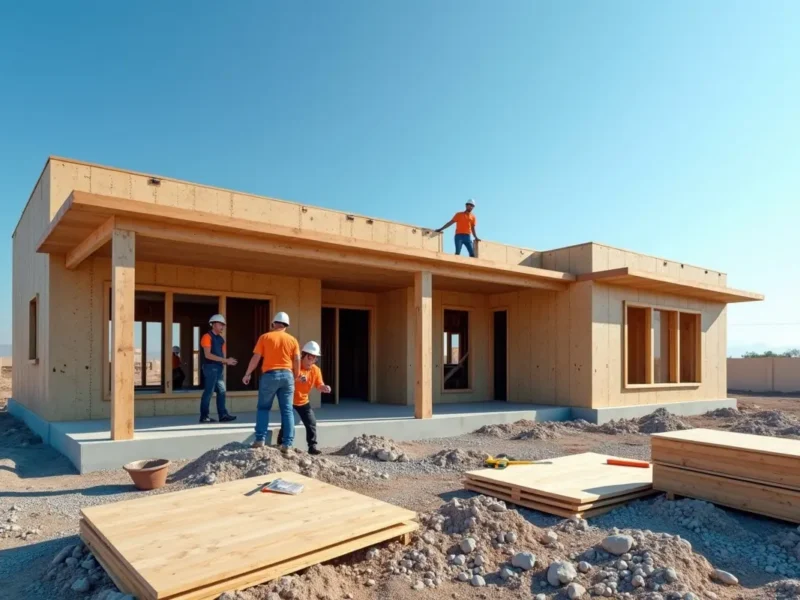Experiencing a fire can be emotionally and physically challenging, leaving property owners overwhelmed and unsure of what to do next. However, knowing the steps involved in the fire restoration process can provide clarity and control during such a difficult time. This process includes several critical steps to safely and efficiently restore the property to its pre-disaster state. Each step is equally important and should be followed carefully to ensure a successful restoration.
Contents
- 1
- 2 Understanding the Damage: Assessment and Evaluation
- 3
- 4 Smoke and Soot Cleanup: Techniques and Precautions
- 5
- 6 Water Damage Mitigation: Preventing Secondary Damage
- 7
- 8 Restoration vs Replacement: Making Cost-Effective Decisions
- 9
- 10 Ensuring Structural Integrity: Rebuilding and Repairs
- 11
- 12 Deodorization: Eliminating Smoke Odors
- 13
- 14 Working with Insurance: Claims and Coverage
- 15
- 16 Choosing the Right Restoration Service: Expertise and Reliability
Understanding the Damage: Assessment and Evaluation
The restoration process begins with a skilled evaluation of the premises. Fire restoration Puyallup, WA, professionals inspect the degree of damage to the property, including the structural integrity, personal items, and the encompassing effects of smoke and water. This initial assessment is vital as it influences the entire restoration course, informing decisions on the necessary cleaning methods, possible repairs, and the extent of reconstruction needed.
In-depth and precise evaluations lay the groundwork for a compelling restoration journey that provides clear, actionable steps for moving forward. If you’re located in Washington, connecting with specialized services offering fire restoration, for instance, can be an essential first move toward property recovery.
Smoke and Soot Cleanup: Techniques and Precautions
Smoke and soot are insidious after-effects of fire. They cause visible soiling and can stealthily penetrate porous materials, causing additional deterioration if not remediated correctly. The cleanup process calls for a comprehensive approach involving soot removal and deep cleaning of affected areas to decrease potential health risks and prevent lingering odors.
Proper soot and smoke remediation will prolong the life of affected materials and prevent costly replacements. Professionals use various tools and technologies, such as HEPA vacuums and chemical sponges, to meticulously remove every trace of contamination for a clean and safe living environment.
Water Damage Mitigation: Preventing Secondary Damage
The water employed to douse the flames can be a secondary adversary, wreaking havoc through saturation of materials and fostering mold growth if not swiftly dealt with. Removal of excess water is typically followed by strategized drying techniques tailored to the specific needs and conditions of the property.
Installing industrial-grade dehumidifiers and fans, monitoring the environment’s relative humidity, and using moisture meters to check the progress are all steps that preserve structural integrity and maintain indoor air quality. Addressing water damage promptly and effectively can significantly reduce subsequent restoration costs and ensure the property remains structurally sound and free from health risks associated with mold and mildew.
Restoration vs Replacement: Making Cost-Effective Decisions
Evaluating damaged items and deciding whether to restore or replace them can be challenging. This decision typically hinges on the cost-effectiveness of restoration, the sentimental value of the items, and whether safety standards can still be met following restoration.
Restoration professionals balance these considerations with the practicality of modern restoration techniques, which have advanced to a point where many previously considered lost can now be brought back to life. By leveraging their expertise, property owners can significantly reduce the environmental and financial impact of unnecessary replacements while ensuring that restored items are safe and retain their original beauty and function.
Ensuring Structural Integrity: Rebuilding and Repairs
The flames may compromise the very foundation upon which homes and businesses stand. Reinstating the property’s structural integrity is a crucial concern once cleanup operations conclude. Certified professionals conduct meticulous inspections to determine the extent of repairs needed, ensuring each step respects the latest building codes and employs industry best practices for rebuilding.
All reconstruction efforts aim to restore the building to its former glory and integrate any necessary improvements or updates that enhance resilience to future disasters. The goal is always the safety and security of occupants, so rebuilding efforts are managed with precision and mindful planning.
Deodorization: Eliminating Smoke Odors
Even after removing physical traces of a fire, the stubborn scent of smoke can endure. Deodorization is thus a pivotal chapter in the restoration narrative, as it helps to restore the air quality to acceptable levels.
Professionals effectively break down the odor-causing molecules through various methods—such as foggers, ozone machines, and air scrubbers. This provides immediate relief from unpleasant smells and contributes to residents’ long-term well-being by ensuring that their indoor environment is as fresh and clean as possible.
Working with Insurance: Claims and Coverage
Insurance policies can be a lifeline during a fire restoration, but navigating the fine print and claims procedure requires patience and careful attention. Property owners can lean on the expertise of restoration services that often possess the experience to guide them through this bureaucratic maze.
Experts assist in the preparation of necessary documentation and the submission of detailed claims. They partner with insurance adjusters to streamline the process, working towards a fair assessment and timely disbursement that aligns with the scope of the covered damages. The importance of fully understanding your coverage cannot be overstated, as it can significantly influence the financial aspect of the restoration and recovery process and maximize your coverage.
Choosing the Right Restoration Service: Expertise and Reliability
After a fire, it’s crucial to hire a credible restoration company. Reliable firms possess the necessary certifications, training, and experience. Check customer reviews and testimonials to assess their track record. Skilled professionals ensure that every restoration project is managed with excellence.
Recovering from fire damage can be daunting, but with expert help, properties and lives can be restored. Involve experts who understand the intricacies of this process.



